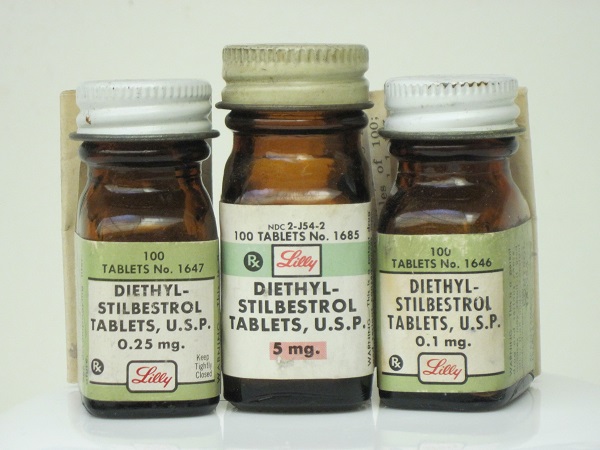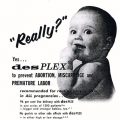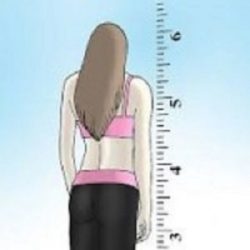I was exposed to DES before I was born. My mother was given the medicine while she lived in a Catholic maternity home in NYC in 1967. They told her it was a necessary vitamin, even though she did not have any issues with her pregnancy. Nobody told her what DES would do to me, her unborn baby. At the time of my birth, and towards the latter part of her pregnancy, she thought it was odd that her breasts didn’t swell and that did she produce milk. Nobody gave her an explanation. After suffering from postpartum depression, she was told they found adoptive parents for me. She was shattered and became even more depressed for years to come.
A DES Daughter
At 18, I noticed I didn’t have a menstrual cycle. I was brought to a gynecologist. She tried to complete an examination on my organs. I had to fight her off, since it was too painful. I was sent to a specialist in NYC who determined my birth defect. He completed an MRI, which at time (1987), showed an underdeveloped uterus. My fallopian tubes and ovaries appeared normal, but my vagina was smaller. I was told at age 19, if I chose to have children, it would have to be done through a gestational surrogate. This was shattering and I became depressed for many years. I had such a difficult time fitting in with peers. I felt so different like nobody could relate to me. I must be some kind of freak.
Believe it or not, I actually married. The man I married accepted me. He knew for many years of my DES exposure. He loved me unconditionally. Unlike many married couples who experience infertility after marriage, my husband already knew what he was getting into. One gift to come out of this horror for me, I found true love.
The Consequences of DES
The years progressed and medical science improved. In 2003, I underwent a laparoscopy which gave a more definitive diagnosis. It was the same as above, except they used term “floating uterus” and it was determined that I do not have a cervix. Again, I revisited that part of myself that felt like a freak, but I learned to accept my diagnosis.
It was medically determined that I was exposed to DES before I was born. I learned what made me feel like a freak was called a DES injury. I also learned that other women and even men were exposed to DES before they were born too. When I met my mother, we pieced together this tragedy, and it has been very painful for both of us. The DES injury will never come between my love for my mother. It was never an issue that drew us apart. Maybe this pain drew us closer. I prayed my whole life, I prayed, “Lord, if you can’t give me my own child, could you please give me the gift of meeting my mother.” The Lord granted me this gift.
In terms of my health, it has been good. The only medical issue I have is hypothyroidism. I never had my eggs frozen, but I still live with the fantasy that I will one day give birth. I will never part with that fantasy, and if someone out there thinks I am a freak for never giving up on that dream, it doesn’t hurt me anymore, because nobody is a freak for dreaming.
We Need Your Help
Hormones Matter needs funding now. Our research funding was cut recently and because of our commitment to independent health research and journalism unbiased by commercial interests we allow minimal advertising on the site. That means all funding must come from you, our readers. Don’t let Hormones Matter die.
Yes, I’d like to support Hormones Matter.
This article was published originally on Hormones Matter in September 2013.











